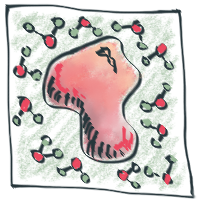
PACKMOL
Initial configurations for Molecular Dynamics Simulations by packing optimization
University of Campinas
Institute of Mathematics and Statistics
University of São Paulo

|
PACKMOLInitial configurations for Molecular Dynamics Simulations by packing optimization |
Institute of Chemistry and Institute of Mathematics University of Campinas Institute of Mathematics and Statistics University of São Paulo |
|
| |||||||||||||||||||||||||||||||||||||||||||||||||||||||||||||||||||||||||||||||